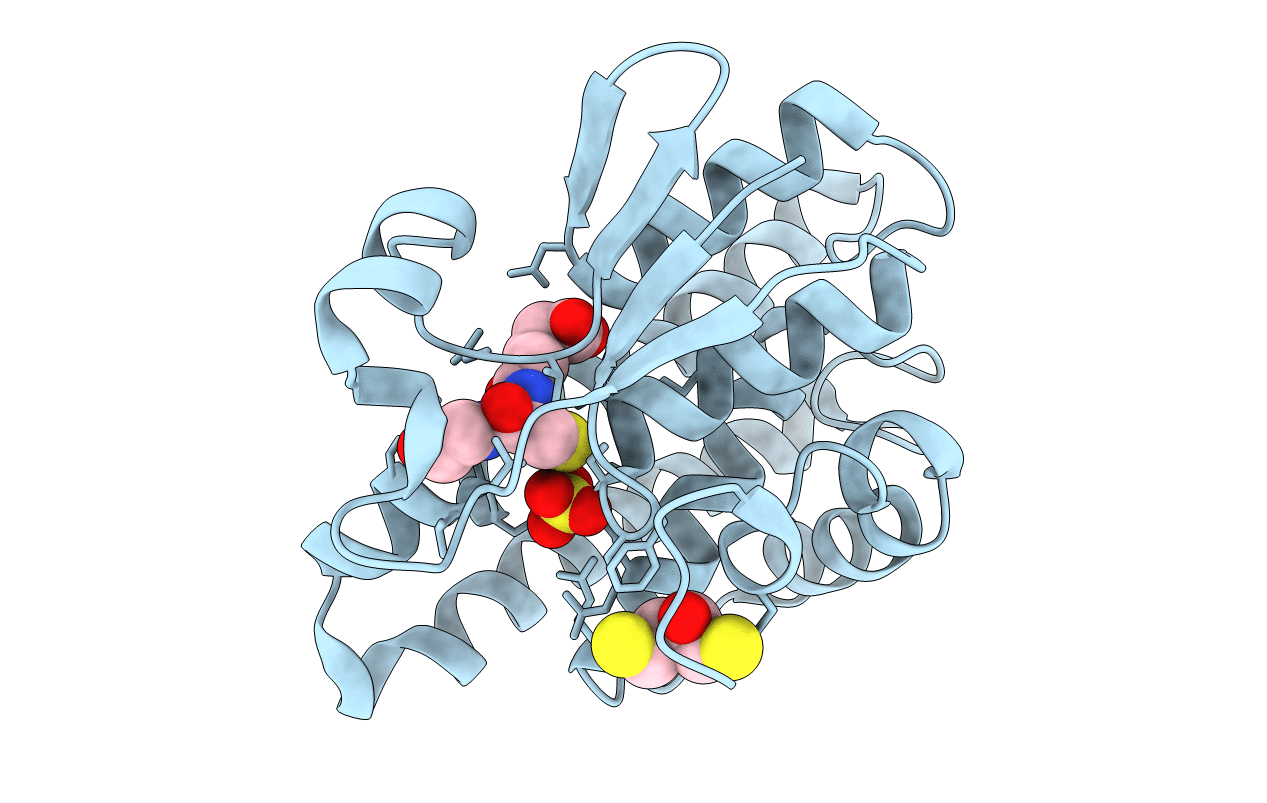
Deposition Date
2000-09-20
Release Date
2001-09-26
Last Version Date
2025-03-26
Entry Detail
PDB ID:
1FW1
Keywords:
Title:
Glutathione transferase zeta/maleylacetoacetate isomerase
Biological Source:
Source Organism:
Homo sapiens (Taxon ID: 9606)
Host Organism:
Method Details:
Experimental Method:
Resolution:
1.90 Å
R-Value Free:
0.28
R-Value Work:
0.23
R-Value Observed:
0.23
Space Group:
P 4 21 2


